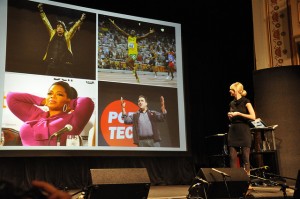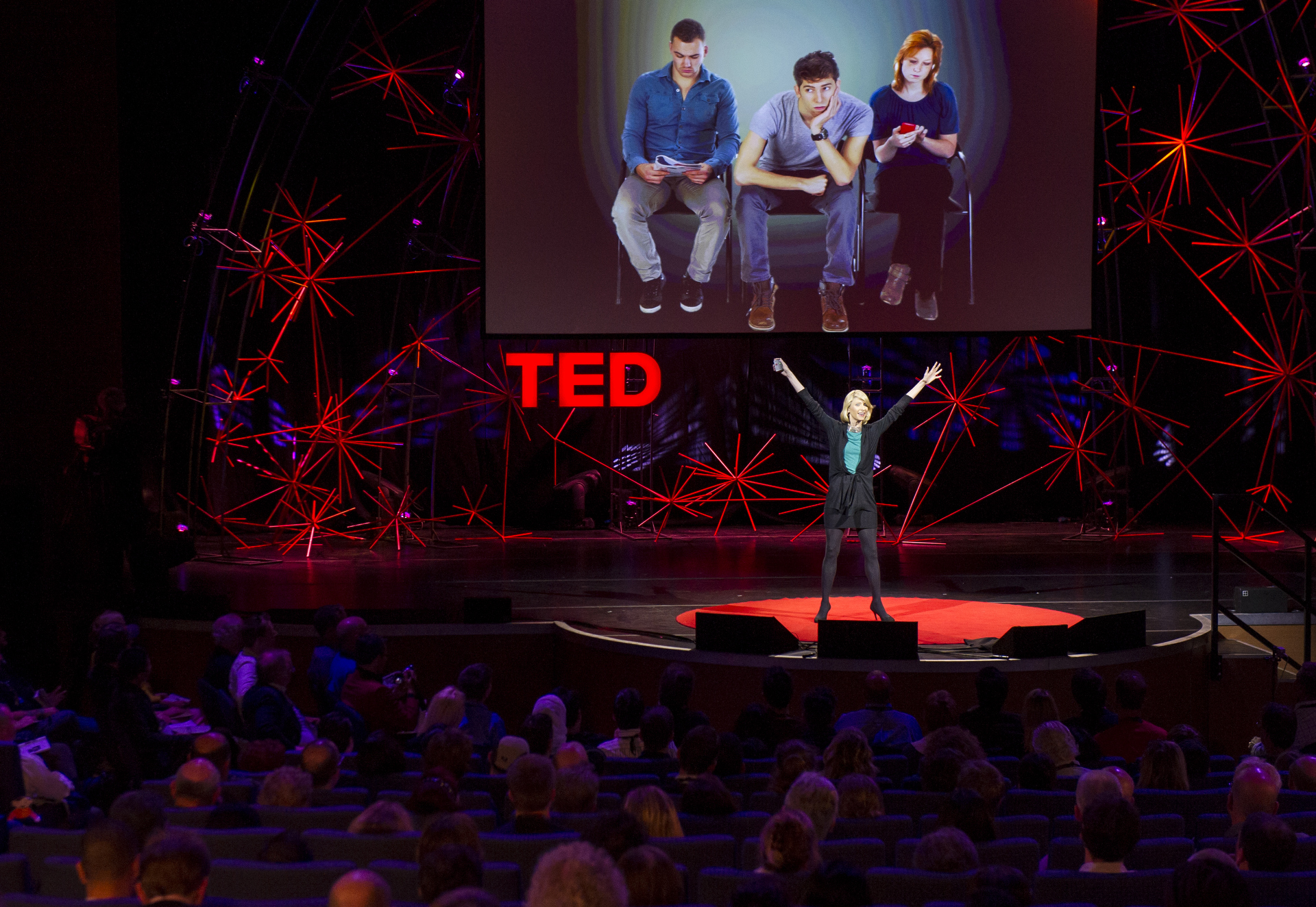You are nervously waiting for your turn in a competitive job interview. All interviewees seem to be around the same age as you with similar degrees, and similar work experiences. How would you differentiate yourself?
Amy Cuddy, a social psychologist, and associate professor at Harvard Business School, would say power posing.
When we think about body language, we know that it contributes a lot in communication. We judge others by what they say, but also from what their bodies say. Likewise, others judge us by interpreting our body language. Amy Cuddy points out, however, that we are forgetting another audience—ourselves. By faking our postures to be seen as more powerful, confident and optimistic for two minutes, we can feel powerful, confident and optimistic.
First, let’s observe how power is exemplified in postures.
In Amy Cuddy’s TED talk, she shows a picture of a gorilla and a monkey with their arms wide open. This pose of making oneself big and taking up space is a

Examples of high power pose. Image from Flickr: http://www.flickr.com/photos/whiteafrican/6279920952/
sign of power and dominance. Similarly, for humans, we can picture someone who has just run through the finish line at a marathon—arms are wide open, and the chin is slightly lifted. On the other hand, hunching up and making oneself small are examples of low power poses.
Physiologically, low levels of the stress hormone cortisol and high levels of the dominance hormone testosterone are found in powerful, effective leaders as well as high-power male primates, according to numerous studies.
In a study published in 2010, Amy Cuddy experimented how high and low power poses relate to testosterone and cortisol levels in people. The subjects were required to either do high or low power pose for two minutes. Their saliva samples from before and after posing were compared. The results were not surprising. High power posers had increased testosterone levels and decreased cortisol levels, whereas low power posers showed the opposite pattern. The researchers in this experiment concluded that by consciously power posing, people can feel different about themselves.
So what does all this mean in more practical terms?
This was the same question Cuddy asked herself which led her to do another experiment. The procedure was the same as her previous experiment but this time, after posing, the subjects went through five minutes of recorded, stressful job interviews. The interview videos were then watched by coders, who were blind to this experiment, to choose who they would hire. Not surprisingly, the chosen subjects were high power posers and were generally judged more positively. Because the content of what the interviewees said, eligibilities, and competence were all taken into account, these factors did not affect the selection process.
Overall, it is fascinating how faking a high power pose for few minutes can change hormone levels to feel more powerful and certain about ourselves. With many interviews and similar situations to go through in the future, power posing may be one of the keys to successful outcomes.

Amy Cuddy during her TED talk, suggesting we should try high power pose for two minutes before interviews, rather than be in low power pose. Image from Flickr: https://farm9.staticflickr.com/8142/7460807124_66d1989156_o.jpg
By: Jina Choi
References: Amy Cuddy, Your Body Language Shapes Who You are, Power Posing: Brief Nonverbal Displays Affect Neuroendocrine Levels and Risk Tolerance, Practicing Certain Poses Creates a Sense of Power


2 responses to “Faking is Not Always Bad”